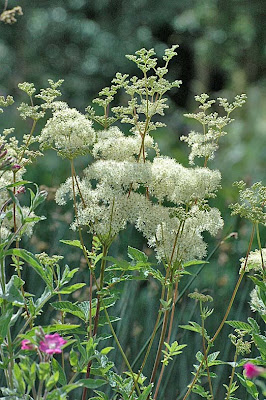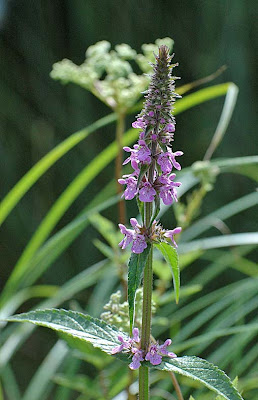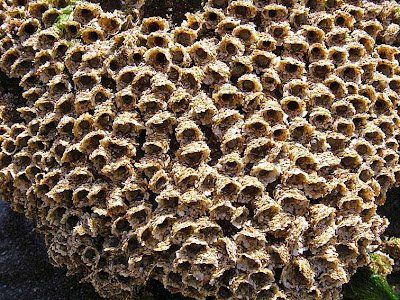This weary bumblebee landed on our conservatory windowledge this afternoon and began grooming. While I was photographing it a tiny pink acarine mite (which I think is Parasitellus) crawled out of the fur under the bee's wing, climbed down under its abdomen and then climbed up its thorax...
... before crawling down into the fur again between the head and thorax. The bee was clearly irritated by the mite and tried to comb it off, with no success.
Here you can see it burrowing down behind the bee's head. Opinion seems to be divided about how much damage these mites do. It may be that - like the Varroa mite that infests honeybees - some species transmit diseases between bumblebees and some species may weaken their host when they suck its body fluids through weak points in the bee's joints, where they attach themselves. Apparently Parasitellus doesn't feed on bees but merely uses them for transport between bees' nests, where it feeds on the wax of the brood cells. I suspect that pink patch on this bee's knee is another mite, tucked in between the joints in the leg. Some mite species actually enter their hosts body through the spiracles and live attached to the respiratory organs, as internal parasites. Such mites weaken their host, although their effect isn't likely to be as devastating as thick-headed flies, whose larvae live as internal parasites of bumblebees.


















































































